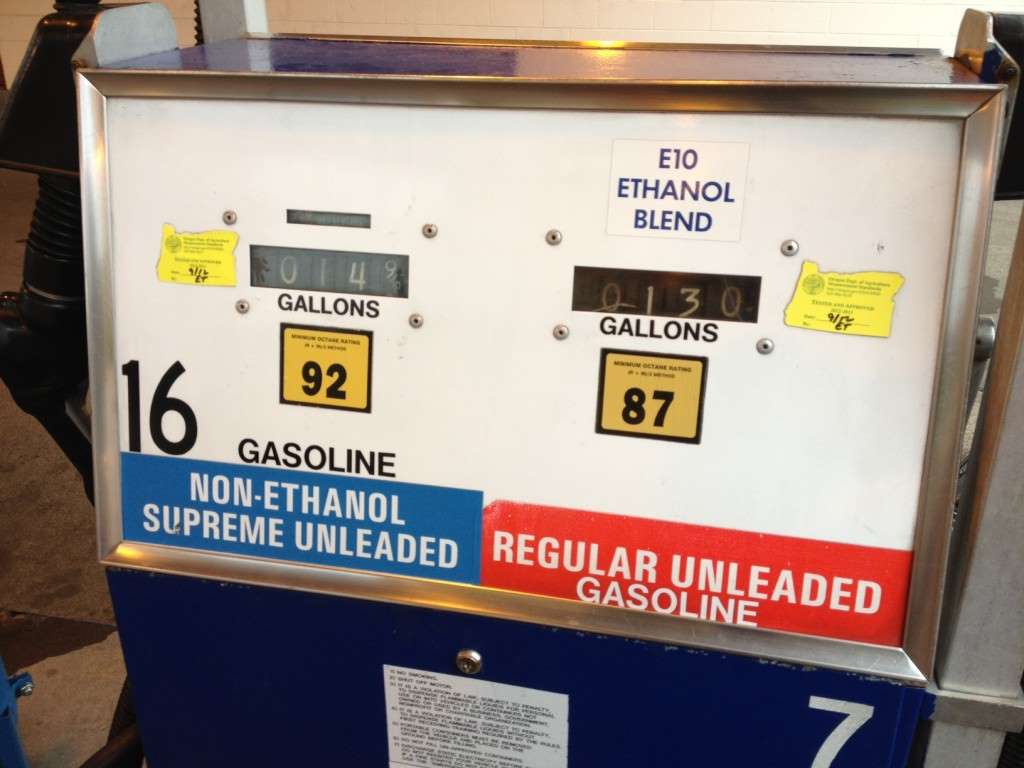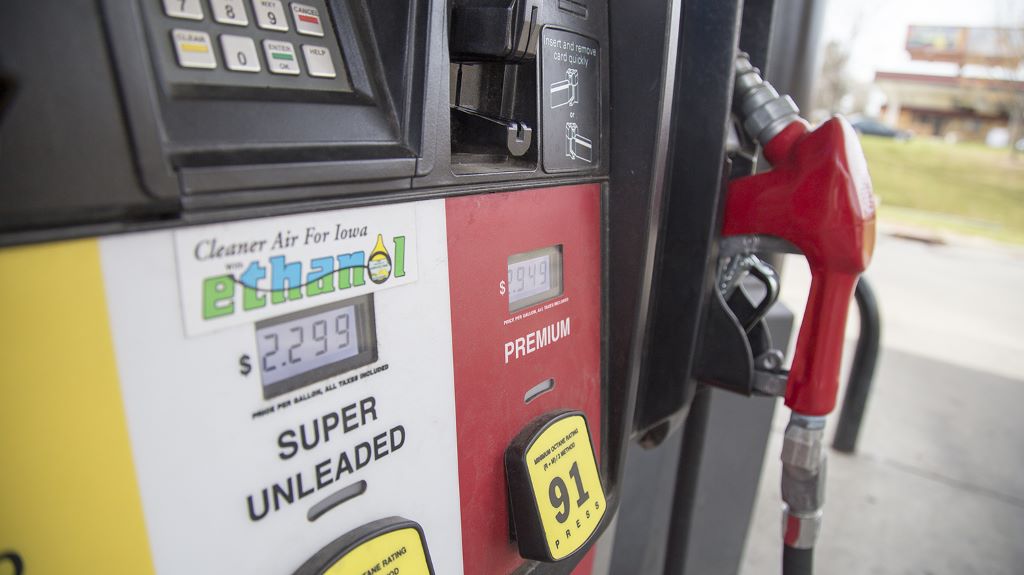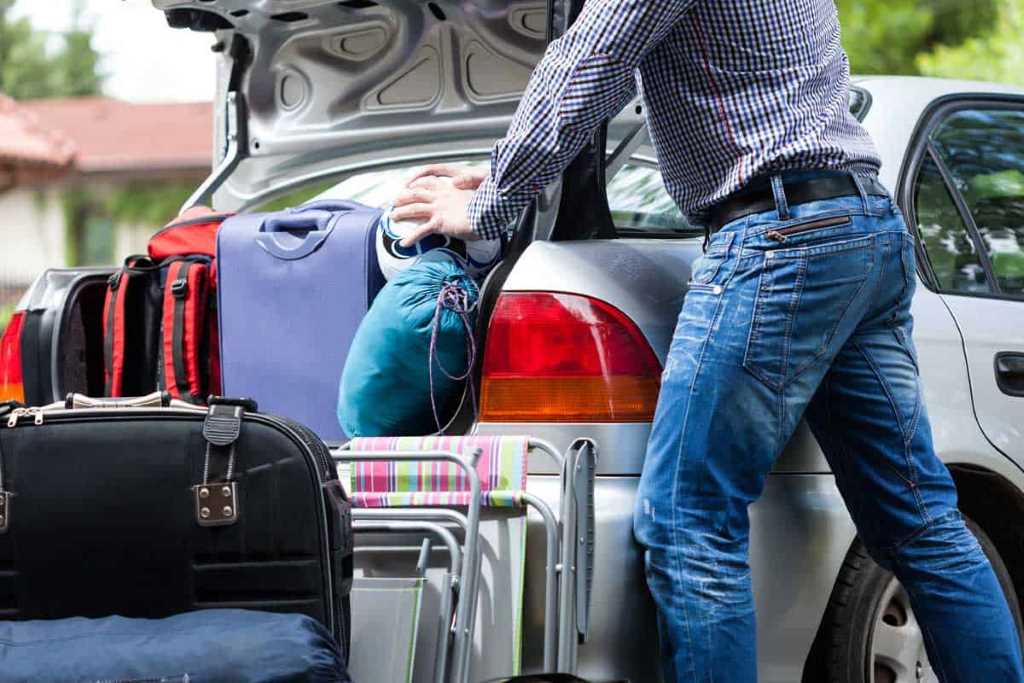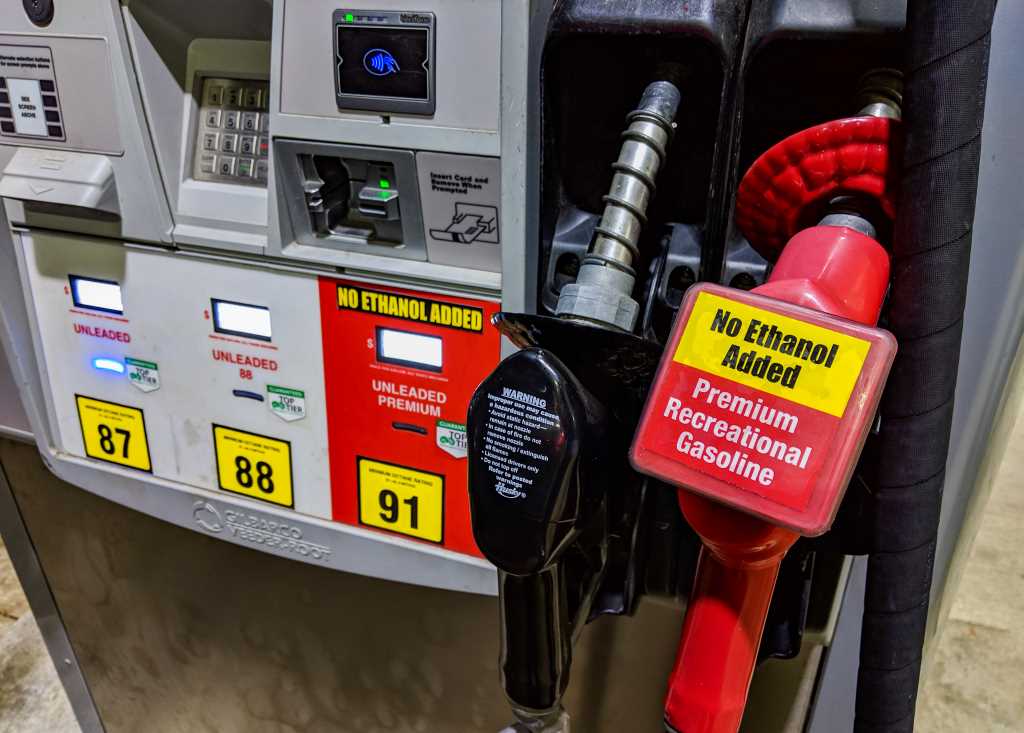There are many types of gasoline out there, all of which advertise themselves as the best for your vehicle. With ingredients, you have two choices – ethanol and ethanol-free gas. It can be difficult to determine the best option for your vehicle. Is ethanol the ideal gas, or is the ethanol free gas better?
If you want to learn more about ethanol-free gas, you’ve come to the right place. Let’s talk about all this with Car From Japan right now!
Contents
Is Ethanol Free Gas Better?
To answer this question, we need to understand each type of gasoline, its characteristics, strengths, and weaknesses as well as how to use them at each time, environment, and vehicle. There is not too much difference between ethanol gas and non-ethanol gas. However, ethanol free gas stands out in important ways. If you’re considering ethanol-free gas, there are several reasons why it’s better.
Here are a few ways that ethanol-free gasoline could be ideal for your vehicle:
- Better fuel economy
- More fuel efficient
- Cleaner engine
- Better for the environment
These help it rise to the top. Unfortunately, it can be difficult to find ethanol-free fuel on the market, and it can be more expensive. If you happen to come across it at a gas station and have enough money to buy it, then ethanol-free gasoline is the right choice for your vehicle.
Ethanol Free Gas vs. Ethanol Gas
After getting to know why is ethanol free gas better, you should know that this gas type is the most common one you can find at a gas station. If you have the option to choose an ethanol gas or a non-ethanol gas, it would be helpful to differentiate the two. What is the important difference between ethanol gas and non-ethanol gas?
Here are some of the most important components that distinguish these gasses:
- Cost: Ethanol gas is usually cheaper than ethanol-free gas.
- Potential for damage: Ethanol gas is unlikely to harm your engine. However, it can produce more impact than non-ethanol gas.

Ethanol-free gas may be better for the world, but it’s also more expensive and hotter. Some people prefer 100% gas to the ethanol-free version. Is ethanol-free gas better or should you opt for the natural option?
Advantages and Disadvantages of Ethanol Free Gas
Why do some gas stations advertise that they sell ‘Pure Oil’ or ‘Ethanol-Free Oil’? And why is there a split among consumers about which gasoline is better; is it E10, pure ethanol, or pure oil (fossil fuel)?
There seems to be an ongoing debate as to whether a gas with an ethanol mixture or made from pure ethanol is better than pure oil due to several factors. Here are some of the pros and cons of using ethanol-free gasoline noted in such discussions.
Advantages of ethanol-free gas
It improves mileage
It has been reported that oil mixed with ethanol has a lower fuel efficiency. Energy-rich pure gasoline has a higher energy content, so it does more work when burned. And because your engine can convert fuel into more kinetic energy, you can use less fuel and travel more distance.
Less harm to the engine
Gasses mixed with ethanol harm engines, especially engines of older models because they are not designed to run on ethanol-blended fuels. Some of the issues reported are the failure of old rubber seals and an increase in vapor pressure which can cause an airlock in the carburetor. In addition, ethanol attracts water, increasing the risk of rust forming on engine internals.
It makes us less dependent on ethanol-producing crops
When the US government decided to add ethanol to gasoline, many farmers started growing corn but the price of this crop and its main products increased. But if more people use purer fuels, we’ll be less dependent on crops that produce ethanol and hopefully, this will lower the price of corn.
These features can be extremely appealing to the typical driver. Many advantages come with ethanol-free gas on the market. However, it is important to consider the disadvantages of the same product. These items can help determine if no ethanol is the right path for you.
Cons of ethanol-free gas
It has more harmful emissions. This is one of the main reasons people turn to alternative energy and mix ethanol into gas. There is no denying that virgin oil has many harmful emissions that are contributing to global warming and pollution.

It makes us more dependent on oil from other countries
As fuel reserves in the United States begin to deplete, we will again have to depend on gas imports from abroad, making us more dependent on energy. As a result, gasoline prices will rise again.
It is not ideal for newer, high-compression engines
More recent high-compression engines have been designed to run on mixed fuels or pure ethanol. This is because a high compression ratio usually requires a high octane level to avoid putting too much pressure on the engine (also known as a condition called pre-ignition). Regular gasoline has a lower octane rating than ethanol, so it’s not ideal for these types of engines.
As technology is finding more ways to build machines and the world is less dependent on fossil fuels and runs more efficiently on alternative energy, the tide may be shifting towards the power users. Use pure oil. After all, what we should all be thinking about is helping our planet survive with the limited resources it has left.
In short, ethanol-free gasoline is harder to find and use than ethanol gas. While many people consider ethanol-free gas to be ideal, it’s not practical for everyone.
Some Tips To Save Gas While Driving
After finding a suitable gas type, even if it is ethanol free or fully ethanol-filled, paying attention to how to use a car to save fuel optimally is always a matter of concern to drivers. In addition to saving a significant amount of fuel costs, running a car properly also helps to increase the life of the vehicle and the machinery to operate more smoothly and flexibly. Here are some ways to save gas in your car that you should keep in mind in any case.
Fuel-saving driving techniques
Applying fuel-efficient driving techniques can save you up to several million dollars in gas per year, and the stable operation of machinery will increase safety when participating in traffic and increase the life of your vehicle. car. In addition, the following ways to save gas for cars also reduce fuel consumption and carbon dioxide emissions of the car by up to 25%.
- Accelerate slowly: The faster the car accelerates, the more fuel it will consume. So to keep your fuel usage as low as possible, accelerate slowly and slowly.
- Maintain a steady speed: When you accelerate or slow down suddenly, the vehicle will consume more fuel than usual. Some tests have shown that, when you increase the speed from 75 km/h to 80km/h, every 18 seconds can increase fuel consumption by 20%. So always try to maintain a steady speed.
- Avoid going too fast: Driving at speeds between 50km/h and 80 km/h will help save fuel more efficiently with most cars. When the car exceeds the speed of 80km / h, it means that the car will consume more fuel. For example, when the car is traveling at 120 km/h, it will consume about 20% more fuel than when running at 100km/h.
- Do not brake too suddenly: When moving on the road, you need to observe the traffic situation ahead to be able to make quick judgments. Avoid stopping too suddenly or braking too hard, instead release the accelerator to slow down slowly. This way not only saves fuel for the car but also protects yourself.
Scientific tips can save gas when driving
- Turn off cruise control: Nowadays people often like to equip some modern equipment for their car, a dash cam is a typical example. In addition to recording footage when participating in traffic, which can be used on a few necessary occasions, this camera also integrates a GPS feature to give directions to the driver. However, you should not abuse it too much, especially when the car is moving in remote rural areas or passes and hills. Paying too much attention to the directions of the dashcam can make you lose focus, making it unsafe to drive. Moreover, the dashcams used throughout the trip also cause significant fuel consumption.
- Do not carry too much weight: The more items the vehicle carries, the larger the gas consumption. So try to reduce the car weight by removing unnecessary items at home.

- Tires should always be properly inflated: Maintaining the right tire pressure makes driving safer, prevents the vehicle from swaying, and saves fuel. Studies have shown that when a car has a flat tire or a flat tire, you can lose up to 1% of your fuel compared to normal operating the car.
- Limit the use of air conditioning: Another way to save gas in a car is to limit the use of air conditioning too much. In the empty streets, the air is cool, you can lower the window to take advantage of the wind outside.
In addition to the above fuel-saving driving tips, there are a few other notes when using a car that you also need to keep in mind to control and use the car optimally.
- Avoid idling: Every time you stop for more than 60 seconds unless you are in traffic, turn off the engine to save more fuel. An average car with a 3-liter engine can waste up to 300 ml of fuel for every 10 minutes it idles.
- ‘Use a manual transmission properly: A car-mounted tachometer will display the engine speed readings. Always paying attention to it to know when to switch to a manual transmission is also a way to save gas in a car.
- Fuel consumption display settings: The fuel consumption display makes it easier to control fuel usage. Some statistics have shown that many drivers have consumed up to 15% fewer fuel thanks to the parameters displayed on the screen.
- Plan a suitable route: Before going out, you should determine which places you need to visit, and where to go to find a reasonable route. Avoid going around. Going too long or too far will cause fuel consumption and also take time.
So we have just covered some notices to answer the question is ethanol free gas better. Hope you get insightful information after reading this article and see you again with more Car maintenance tips!



